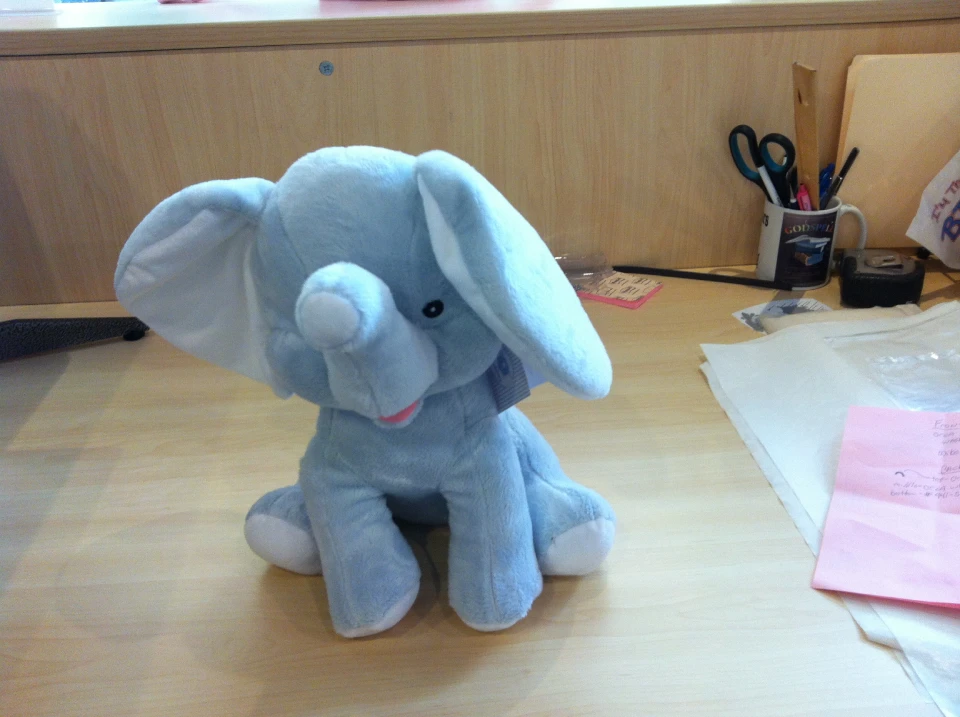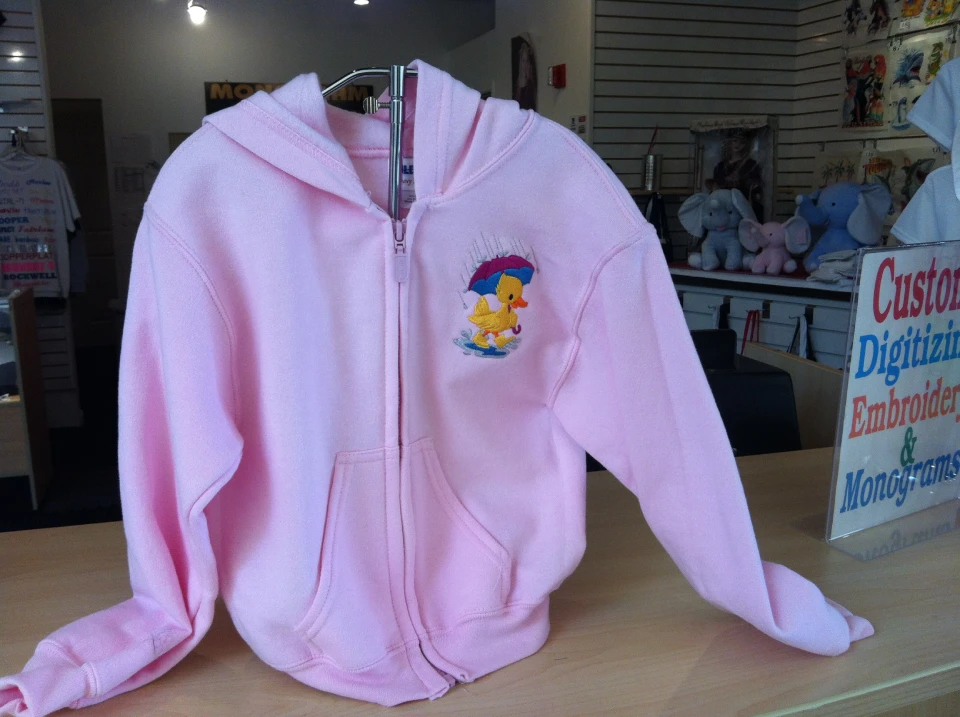Personalized Scrubs with Embroidery for a Specialist Look
Personalized Scrubs with Embroidery for a Specialist Look
Blog Article
The Art of Custom-made Needlework: Unlocking the Secrets to Creating Unique and Remarkable Designs
The keys to producing custom embroidery layouts that mesmerize the eye and leave a long-term impression lie in a fragile balance of technique, creativity, and attention to detail. As we dive right into the world of customized needlework, we uncover the nuanced interaction between string selection, sew complexity, and design customization that raises a mere garment to a job of art.
Choosing the Right Embroidery Threads
When selecting needlework threads, what key aspects should you take into consideration to guarantee the best results for your personalized styles? The choice of needlework string is vital in determining the final end result of your stitched layout. Among the primary factors to consider is the product of the thread. Different products such as cotton, polyester, rayon, and silk provide differing degrees of sheen, sturdiness, and appearance. It is important to select a string product that complements the fabric you are embroidering on and lines up with the wanted appearance of the design.
Thicker strings can add measurement and texture to your layout, while finer strings are ideal for complex details and little message. Additionally, considering the shade fastness and washability of the string is crucial to ensure that your personalized designs maintain their high quality and vibrancy over time.
Exploring Different Stitch Methods
To explore the world of 'Discovering Different Stitch Techniques', one must realize the complexities and subtleties that each stitching approach offers the art of embroidery. Various stitch strategies not only include aesthetic rate of interest but also add to the overall texture and measurement of the layout. One popular stitch technique is the satin stitch, which entails carefully packed parallel stitches to produce a smooth and shiny surface, perfect for completing forms and developing strong outlines.
On the various other hand, the backstitch is a flexible technique typically utilized for laying out and adding fine details. It involves stitching backward to produce a strong line of embroidery. In addition, the French knot stitch includes a tactile element to layouts, perfect for producing textured accents like flower facilities or decorative touches.
Checking out various stitch techniques enables embroiderers to play with light, shadow, and depth within their designs, raising the visual appeal and imaginative high quality of their needlework projects. By grasping different stitching methods, one can unlock unlimited possibilities for developing unique and remarkable custom-made needlework items.
Incorporating Personalized Design Aspects
Having actually checked out the ins and outs of different stitch techniques such as the satin stitch, backstitch, and French knot, the focus currently shifts in the direction of integrating personalized style components in custom needlework jobs. Personalized layout aspects play an important role in making embroidery jobs absolutely distinct and remarkable. One means to integrate customization is by adding initials, names, or significant days to the style. This not only adds a personalized touch yet likewise enhances the emotional value of the needlework item.
One more method to include personalized style components is by consisting of icons or themes that hold special significance to the recipient or mirror their passions and character. For instance, incorporating a preferred blossom, pet, or hobby-related icon can make the needlework layout a lot more significant and personalized. Additionally, choosing colors that reverberate with the recipient or align with the desired theme can further enhance the customization of the needlework job.
Grasping the Art of Shade Control

One secret aspect of shade sychronisation is understanding color theory. This includes knowing how various here are the findings colors engage with each other, the feelings they convey, and how they can be combined to develop aesthetically enticing layouts. By applying color concept principles, embroiderers can produce harmonious color combinations that boost the general look of the design.
In addition, taking notice of comparison is crucial in color sychronisation. Utilizing contrasting colors can aid certain aspects of the style pop, boost clarity, and produce an aesthetically dynamic embroidery piece. By mastering the art of shade coordination, embroiderers can elevate their designs and create memorable pieces that reverberate with clients and customers alike.
Enhancing Structure With Advanced Needlework Stitches

French knots, as an example, are perfect for including tiny, view website elevated dots to your style, mimicking the look of grains or creating a textured surface. Bullion knots, on the other hand, can be made use of to produce twisted, ropelike aspects that add an elegant feeling to the embroidery. Seed sewing includes little, scattered stitches that can complete areas with a polychromatic texture, while turkey work produces cosy, dimensional accents similar to animal hair or foliage. Trying out these sophisticated needlework stitches enables you to press the boundaries of conventional embroidery and produce absolutely distinct and aesthetically appealing structures in your styles.
Final Thought
In final thought, the art of personalized needlework involves a combination of picking the appropriate threads, checking out different stitch strategies, including tailored style aspects, understanding color sychronisation, and improving structure with advanced stitches. By understanding and implementing these crucial elements, embroiderers can produce one-of-a-kind and unforgettable designs that showcase their creative thinking and ability. Embroidery fanatics can open the keys to producing stunning and bespoke pieces that stand apart and leave a long lasting impression.
Report this page